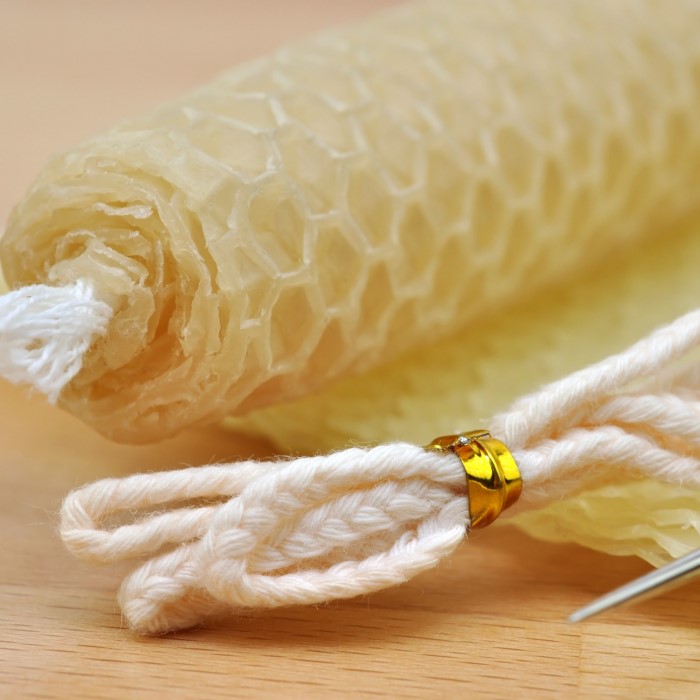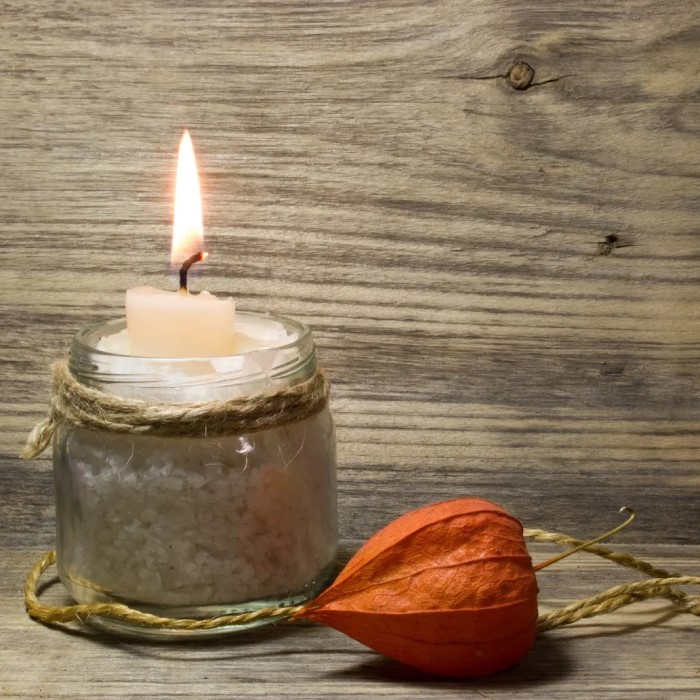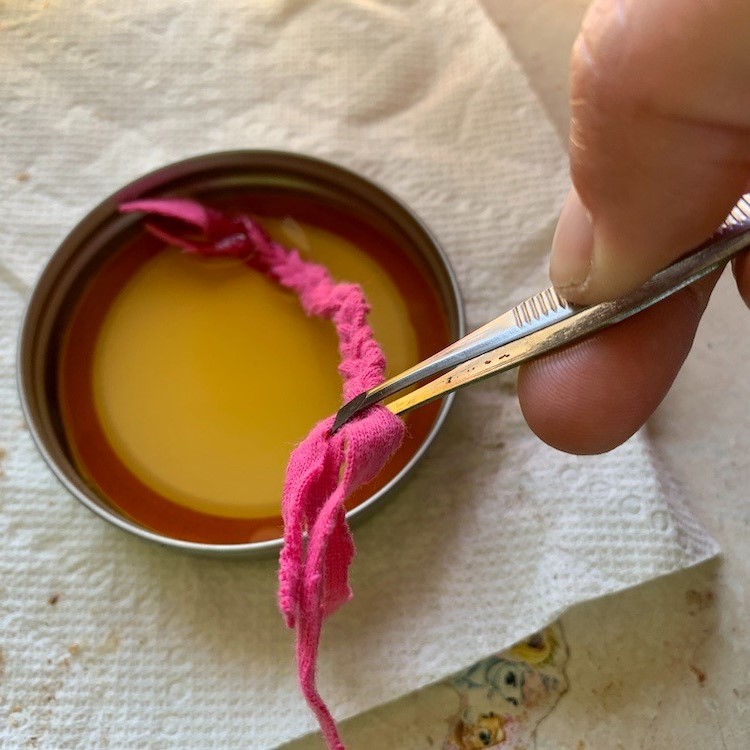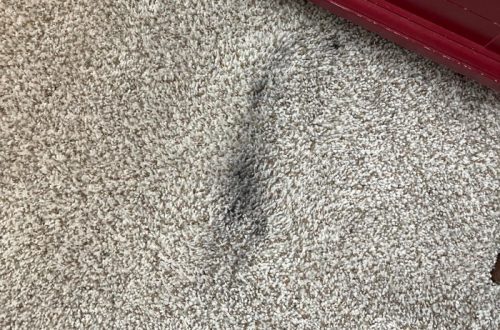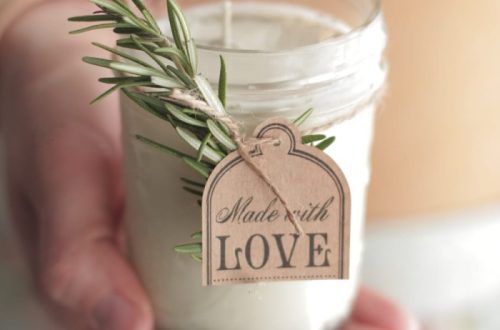Introduction to Candle Wicks
As you delve into the world of candle making, one critical component that you need to understand is the candle wick. The wick plays a central role in how a candle burns and performs. If you’re looking for information on how to make a candle wick, you’re in the right place. More enthusiasts today are turning to DIY projects and sustainable practices, making the crafting of candle wicks an appealing venture. This guide will walk you through the necessary steps and materials needed to create eco-friendly candle wicks that promote sustainability while ensuring the quality of your homemade candles.
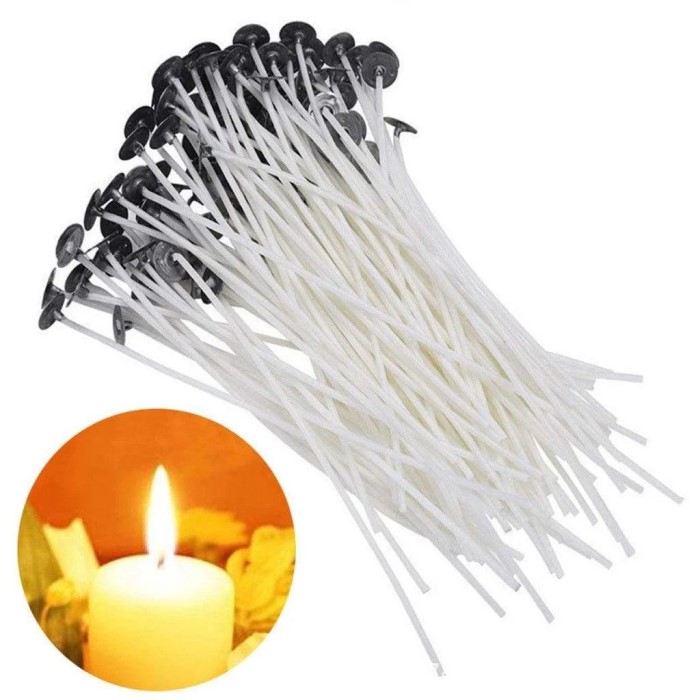
The Role of Candle Wicks in Candle Making
Understanding the structure and function of candle wicks is vital for anyone interested in making candles. A wick is essentially a piece of string or twisted fiber that, when lit, draws melted wax up to maintain the flame. The type and quality of the wick significantly impact the candle’s burn time, flame height, and overall performance. Here are the two most common types of wicks:
- Cotton Wicks: These are the most widely used wicks in candle making. They are often braided or twisted for stability and provide a clean, steady burn. Cotton wicks are especially popular among those who prioritize eco-friendly practices, as they can be made from organic materials.
- Wooden Wicks: These wicks are gaining popularity due to their unique aesthetic and the soothing crackling sound they produce when burning. Wooden wicks tend to burn more evenly and can provide a longer-lasting flame.
By understanding the different types of wicks, you can make informed choices about which materials best suit your candle-making needs and eco-friendly goals.
Essential Materials for Making Candle Wicks
When considering how to make a candle wick, you will need to gather specific materials. Choosing the right materials ensures that your wicks perform well during the burning process. Below is a list of essential components:
Cotton Twine
- Common Choice: Cotton twine is widely used for crafting homemade wicks, making it a popular option among candle makers.
- Effectiveness: This material is known for its ability to burn steadily, ensuring a consistent and reliable flame.
- Biodegradable: As a natural product, cotton twine is biodegradable, meaning it won’t contribute to landfill waste after use, making it an eco-friendly option.
Hemp Fiber
- Sustainable Alternative: Hemp fibers offer a more sustainable option compared to traditional wick materials, appealing to environmentally conscious consumers.
- Burn Quality: They not only burn well but also produce a clean flame, making them suitable for various types of candles.
- Lower Environmental Impact: The cultivation of hemp requires fewer pesticides and water compared to other crops, reducing its overall environmental footprint.
Wooden Dowels
- Rustic Touch: Using thin wooden dowels for wicks can give your candles a charming, rustic aesthetic that enhances their visual appeal.
- Longer Burn Time: These wooden wicks tend to burn longer than their traditional fiber counterparts, allowing for extended enjoyment of the candle.
- Unique Experience: Wooden wicks crackle softly as they burn, creating a cozy ambiance similar to a fireplace, which can enhance the sensory experience of candlelight.
Paper Wicks
- Braided Paper Option: Braided paper wicks are another innovative way to create candles, adding versatility to wick choices.
- Environmentally Friendly: Like cotton twine, paper wicks are fully biodegradable, aligning with eco-friendly practices in candle making.
- Ease of Use: They are often easy to work with and can be fashioned into various sizes to suit different candle containers.
Adhesive
- Heat-Resistant Adhesive: To secure the wick firmly in place within the candle container, you may need a heat-resistant adhesive or specific types of glue.
- Importance of Secure Attachment: Ensuring the wick is adequately attached is crucial for safe burning, as it prevents the wick from sinking or dislodging during the candle’s use.
- Variety of Options: There are various adhesives available, so selecting one that withstands heat without compromising the integrity of the candle is essential.
By selecting materials that align with eco-friendly principles, you’re on your way to creating sustainable candles.
Step-by-Step Guide on How to Make a Candle Wick
Now that you have gathered your materials, here’s a step-by-step guide on how to make a candle wick effectively. Follow these instructions to ensure the best results:
- Gather Your Materials: Have all your materials ready, including scissors and any adhesive you might need.
- Cut Your Wick Material: Measure your wick material against the height of your candle container. Cut the wick to be about 6-8 inches longer than the container; this extra length will provide an ample amount of wick to burn.
- Prepare the Wick Base: If you’re using cotton twine or hemp fiber, twist together strands to create a thicker wick. This will improve the strength and stability of the wick.
- Secure the Wick: Place a small amount of adhesive at the bottom center of your candle container and press the wick into it. This will ensure that the wick stays in place as the candle burns.
- Optional Wax Coating: To improve the performance of your wick, consider dipping it in melted wax. Allow the wick to cool and harden; this enhances its burning efficiency when incorporated in the candle.
- Conduct a Burn Test: Before producing larger batches of candles, test your wick in a small candle to observe how well it burns. This will provide insights into any adjustments needed for length or material.
Eco-Friendly Candle Wick Alternatives
If you’re looking to take a more innovative approach, there are numerous alternatives to traditional candle wicks. Exploring candle wick alternatives can elevate your candle-making experience while adhering to sustainable practices. Here are some options:
Bamboo Skewers:
-
- Thin bamboo skewers are versatile tools that can effectively function as candle wicks.
- Their slender shape ensures an even burn, which helps maintain a consistent flame throughout the life of the candle.
- The natural appearance of bamboo adds an aesthetic appeal, making the candle more visually pleasing and aligning with eco-friendly practices.
- Furthermore, bamboo is a renewable resource, making it a sustainable choice for those looking to reduce their environmental footprint.
DIY Fiber Wicks:
-
- Crafting your own wicks by braiding multiple strands of natural fibers can be a fun and creative process.
- Different combinations of fibers, such as cotton, hemp, or jute, can be experimented with to achieve various characteristics in the wick.
- By adjusting the thickness and material of the braid, you can customize the burn time; thicker wicks generally burn longer, while thinner ones produce a quicker flame.
- Additionally, braiding allows for creative expression, enabling you to create wicks that are unique to your specific candle-making projects.
Recycled Materials:
-
- Utilizing recycled materials, such as old fabric strips or unbleached muslin, can add a unique touch to your handmade wicks.
- This approach not only promotes creativity but also emphasizes sustainability by giving new life to materials that might otherwise be discarded.
- Fabrics can be cut into strips and twisted or braided for use as wicks, allowing for personal customization in both texture and appearance.
- Incorporating recycled materials into your candle-making process highlights a commitment to environmentally friendly practices, encouraging others to consider sustainable options in their crafting endeavors.
When selecting alternatives, ensure that the materials can withstand burning and provide a safe candle experience.
FAQs on Candle Wicks
What can be used for a candle wick?
Candle wicks can be made from a variety of materials, including cotton, wood, paper, and even alternative plant fibers. Choose materials that efficiently draw up wax while providing a steady flame when lit.
What is the best material for homemade candle wicks?
The best materials for homemade candle wicks include natural fibers such as cotton and hemp, as they burn cleanly and sustainably. Wooden wicks are also a popular choice for their unique aesthetic and sound.
How to burn wax without a wick?
You can burn wax without traditional wicks by using electric candle warmers or wax melts. These options melt the wax safely without flames, providing a warm ambiance and fragrance without the challenges of wicks.
Conclusion
While learning how to make a candle wick may seem daunting at first, it’s an enjoyable and rewarding process that enhances your overall candle-making experience. By selecting eco-friendly materials and mastering the wick-making process, you align with sustainable practices and contribute to environmental preservation.
Remember to experiment with different wick types and sizes to find the most suitable option for your unique candles. Whether you’re a beginner or an experienced candle maker, applying these eco-friendly principles can transform your crafting experience. Gather your supplies, and embark on your journey to create stunning, sustainable candles that light up your space and celebrate the beauty of DIY craftsmanship. Happy candle crafting!
